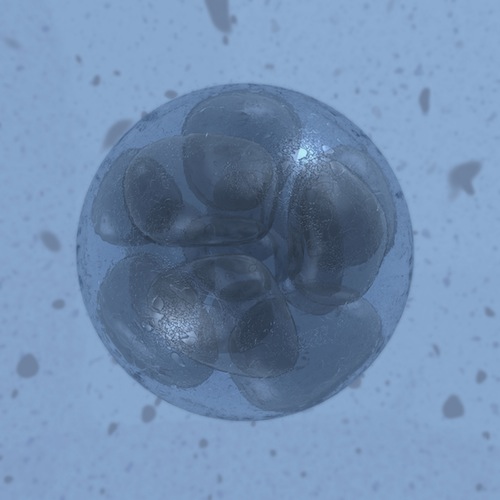by William D. Petok, Ph.D.
While the state of fertility and infertility knowledge has grown enormously since the first IVF baby was born, one would be hard pressed to understand the role of men in the equation if you read only …
Infertility Options
by William D. Petok, Ph.D.
While the state of fertility and infertility knowledge has grown enormously since the first IVF baby was born, one would be hard pressed to understand the role of men in the equation if you read only …
Researchers from New York Medical College and the University of California Davis have for the first time codified age-specific probabilities of live birth after in vitro fertilization (IVF) with frozen eggs.
By Mickey S. Coffler, M.D., FACOG, HRC Fertility
Lack of insurance coverage and high IVF costs may limit access to assisted reproductive technologies among minorities in the US.
There is some controversy in the literature as to …
 A recent study in Reproductive BioMedicine Online on 5-day old human blastocysts shows that those with an abnormal chromosomal composition can be identified by the rate at which they have developed to blastocysts, thereby classifying the risk of genetic abnormality without a biopsy. In a new study the same group has undertaken a retrospective study, using their predictive model to assess the likelihood of any embryo transferred resulting in a successful pregnancy, with very encouraging outcomes.
A recent study in Reproductive BioMedicine Online on 5-day old human blastocysts shows that those with an abnormal chromosomal composition can be identified by the rate at which they have developed to blastocysts, thereby classifying the risk of genetic abnormality without a biopsy. In a new study the same group has undertaken a retrospective study, using their predictive model to assess the likelihood of any embryo transferred resulting in a successful pregnancy, with very encouraging outcomes.
One of the greatest challenges in assisted reproduction is to find the one embryo, which can develop successfully. Now, combining time lapse imaging of IVF embryos cultured for 5 days to the blastocyst stage with trophoblast biopsy, it has proved possible to correlate the rate of blastocyst formation with chromosomal abnormalities. Such an approach should allow early and widely accessible non-invasive identification of the best embryo to place in the uterus. Read full article…
Time-lapse imaging which takes thousands of pictures of developing embryos can boost the success rate of IVF, according to British research.
Among women who undergo in vitro fertilization (IVF) to become pregnant, there is no difference in delivery rates among those implanted with one prescreened embryo compared to those implanted with two unscreened embryos, new study findings reveal.
The study, of 120 women undergoing in vitro fertilization (IVF) at one medical center, found that those who ate plenty of protein and relatively few carbohydrates were more likely to become pregnant.
Infertility affects millions of people every year. Turning to in vitro fertilization (IVF) could give you the family you want – but the process can be confusing.
Carrie, 33, and her husband, 39, recently started in-vitro fertilization
(IVF) after other reproductive treatments failed. They’ve been
undergoing fertility treatment since March 2011. The process has taken its toll on the couple.
Can acupuncture and IVF go hand in hand? Sandy Goodman MD of Reproductive Medicine Group, Florida and Kym Caporale, L.Ac discuss stress reduction, acupuncture and IVF in this short, interactive video, sponsored by Attain Fertility …